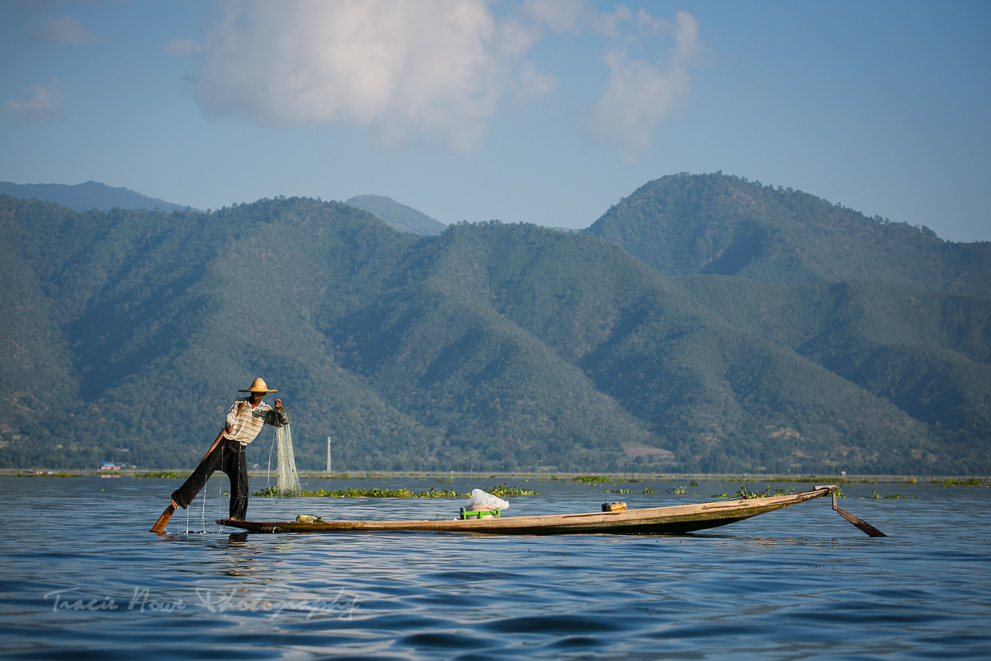Today we continue with this series of non-technical photo tips for travelers… and really anyone else.
We’ve finally made it to DSLR cameras! Like phones and point and shoot cameras, DSLRs will vary from one make and model to the next. These are generally the heaviest of cameras, so maybe not as ideal for travelers, but I still can’t travel without mine! If you do travel, you may consider a Mirrorless camera, which is sort of a hybrid that is lighter than most DSLRs. I have zero experience with them, however, so I won’t be covering them in this series. If you are interested in learning more, I suggest visiting this site for more information.
That being said, you should still find much of this post and others in this series to be helpful for improving your photography. :) You can find the complete list of posts in the series and the end of this one, or just click here. Definitely start with the series introduction post to get your fundamentals of photography down first.

This is a complex subject, but I will try to explain everything in as simple a way as possible without getting too technical. Unfortunately, there is quite a bit of information to cover, even for the basics, so I will have to divide this subject into two posts. Intro to DSLRs will cover the basic mechanics of cameras and the roll of light in photography, while the next post covers controlling that light to take photos.
Intro to DSLR cameras (part 1)
What’s going on in that DSLR
Without getting too deep into the anatomy of cameras, I want to quickly go over what’s happening in there. If you’re anything like me, your eyes will start to glaze over when you read about mechanics and definitions. Just bare with me, because some of those points are important for understanding the process and they may help you in choosing your next camera.
- SLR stands for Single Lens Reflex. The D in DSLR means that it’s a Digital Single Lens Reflex, which is what we will be covering in these posts. One of the main things that distinguishes a point and shoot from a DSLR or SLR is the mirror that reflects the image directly through the lens to the viewfinder and sensor. This simply means that the image that you see in the viewfinder is exactly the same as the image that the camera’s sensor records. In non-SLR cameras, multiple lenses are built within the camera and can cause slight differences in what you see and what you photograph. Remember, I’m trying to simplify this explanation, so just take my word for it. I don’t know about you, but I want to be able to see exactly what I’m about to photograph so I can properly compose a scene.
- Photography is all about light. The sensor, which is essentially the same as film, records any light that enters the camera. That recorded light magically becomes your photo! Yay!
- All cameras should have some kind of a shutter, which opens to allow the light in and closes to keep the light out. You can control how wide the shutter opens (Aperture) and for how long (Shutter Speed) it is open for.
- Different kinds of DSLRs will have sensors of various sizes. The smaller, intro DSLR cameras and point and shoots tend to have smaller sensors. The main thing to understand is that using a lens with smaller sensors will magnify an image, while using that very same lens with a larger sensor will result in a wider image. For example, my first DSLR had a smaller APS-C sensor, so a telephoto lens would actually “zoom in” more than it would on the Full Frame sensor that I have now. That’s a fun advantage, but the opposite is also true, where a desire for a very wide shot would not work quite so well on a smaller sensor. The cool thing about a Full Frame sensor is that you can crop in more afterwards because the image is a higher resolution to begin with. ;)
If you're anything like me, your eyes will start to glaze over when you read about mechanics and definitions. Just bare with me, because some of those points are important for understanding the process and they may help you in… Click To Tweet

Aside from that I’m not going to get into sensor size very much here as it can get complicated and it doesn’t make much of a difference in how to use your DSLR, which is what I’m talking about here. However, if you’re interested in learning more about megapixels and sensor size, I can refer you to a very helpful article on the subject here.
So what does this all mean for you?
This post is not meant to be a camera buying guide, but if you’re in the market for a new camera it should help. Maybe you’re trying to decide between a DSLR and a point and shoot camera? You’ll also want to understand what size of a sensor you want for the kinds of shots you plan to take. I highly recommend that link above for more about sensor size. It’s not all about megapixels, ya know! ;)
Most of all I want you to remember that photography is about exposing the sensor to light and how the shutter lets light in. This next post is about how to take control of the light with your DSLR.
Happy shooting and don’t forget to continue with the series. You can also subscribe to get updates delivered to your inbox!
Find each post from the series below:
Introduction – Non-technical Tips for Any Camera
Part 2 – Point and Shoot Cameras
Part 3 – Intro to DSLR Cameras
Part 5 – Desktop and Mobile Editing








Chris - The DSLR is a bit out of my league, but as usual, wow!
Those photos are stunning!
I’ll know who to turn to if I ever do need advice :-)
traciehowe - Thanks, Chris! :) Definitely feel free to ask me any questions if ever you do get there!
Voyager - Still don’t have a DSLR yet, so this post is quite informative for us and we will definitely consider your tips when we get ours.
traciehowe - Thanks! I’m glad it may be of some use to you in the future.
Kevin Wagar - Great introduction to the technology of DSLRs for photography beginners! Many people buy DSLRs thinking that they are automatically better camera’s, but unless you are willing to go beyond “Auto” mode, you might be better off with a point and shoot.
traciehowe - That is SO true Kevin! I see so many people spending tons of money on a DSLR, but they don’t know how to use it beyond auto. It’s too bad because getting beyond auto can dramatically improve your photography. Thanks for your comment!
Rodrigo - Great idea. I need a better camera to document my travels. Do you have any tips on how to take great photos using phones?
traciehowe - Thanks, Rodrigo! I sure do have tips for mobile phone cameras! It’s a part of this series, but here’s the shortcut: https://tracietravels.com/2016/03/non-technical-photo-tips-for-travelers-mobile-phone-cameras . I hope it helps!
Mar Pages - I never think about it but finding out how a camera works in detail really made me realise what an amazing piece of equipment it is. Will refer to this when I decide to get another camera!
traciehowe - It sure is, Mar! It’s all about light and mechanics when you get down to it.
Jessica - I’m glad that you covered the tip I wanted to read. Been thinking which one to purchase between DSLR and point and shoot.I have to folllow the next post to help me in deciding. I love as well that you keep it in short and really not so technical explanations were presented.
traciehowe - Thanks for your comment, Jessica! I hope you make the right decision, whatever that may be for you. You might also find my post on point and shoot cameras helpful if you’re still trying to decide. It’s part of this series, a few posts back. :)
Christina Guan - Definitely needed this, Tracie! I love photography but am definitely not so well versed in the technical side of things. Your simple explanations helped a ton :) cheers!
traciehowe - Thanks! I’m glad you found it helpful! I hope the next part is just as simple to understand… not sure if it will be, so please let me know either way. It’s hard to simplify things that you kind of just know, you know? :)
Milosz Zak - I have a DSLR and it’s been a godsend. It eats a ton of power, though, and I have to have at least two sets of spare batteries. The photos are amazing, and oh so worth the initial cost of the camera.
traciehowe - I totally agree Milosz! I’m surprised that you go through batteries so fast though. I’ve never had that issue… mine seem to last a long time. What kind of camera do you have?